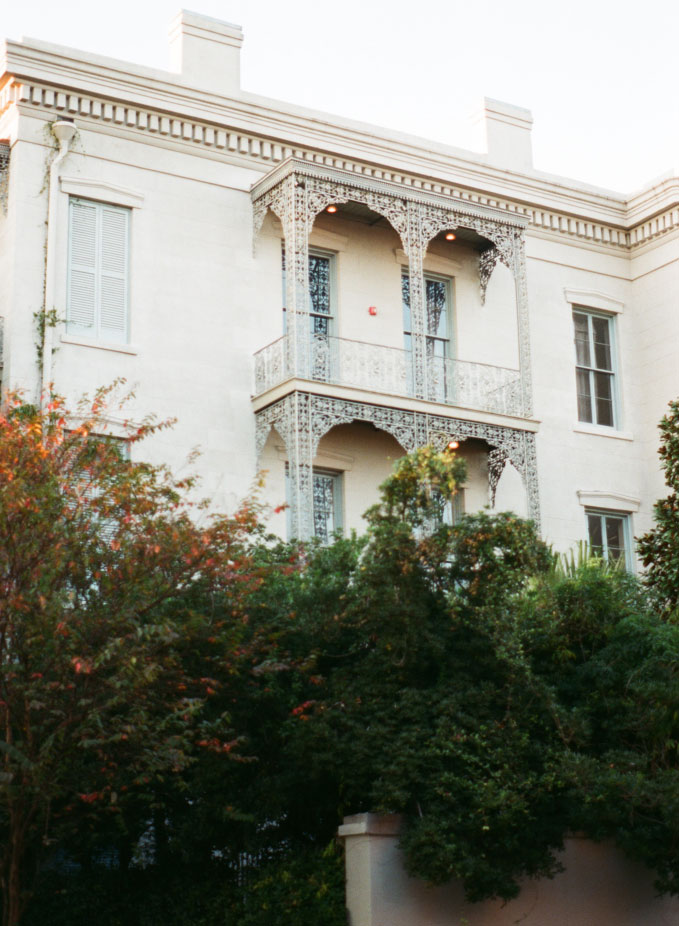
From camelback doubles to Italianate center halls, New Orleans’ historic homes are as much a part of its culture as its food and music. However, the thought of maintenance, upkeep and repairs dulls a century-old property’s shine. Investing in one of the most architecturally significant structures in one of the most interesting places in the world comes with a heavy list of pros and cons, and it makes sense to consider both before taking the plunge.
“Historic property is more like a living, breathing thing,” said Satsuma real estate agent Josh Fogarty. Fogarty owns and manages 10 historic properties throughout New Orleans, including in Mid-City, the Irish Channel and the Garden District. “At the end of the day, it comes down to whether or not you get passion and enjoyment from a house like that.”
The disadvantages to owning an older home aren’t greater compared to a newer home—they’re just different, Fogarty said. First of all, older homes might have dated floor plans that need updating to accommodate modern life. A shotgun house’s hall-less footprint, for example, served its 19th-century residents, but 21st-century families typically require more privacy. And the high ceilings and floor-to-ceiling windows that admitted welcome breezes prior to the advent of air conditioning are now woefully inefficient when it comes to energy usage.
“High ceilings are expensive to air-condition and heat,” Fogarty said. “They’re super inefficient from a heating and cooling standpoint.”
An older home’s HVAC system may be aging and in need of repair, also—same with the plumbing and electrical systems. The house may have settled and cracked after sitting on swampy ground for 150 years. A renovation may reveal unwelcome surprises, like lead paint, asbestos, or fragile terra cotta pipes.
“Updating and renovating a historic property can be more money than a new construction because when you open the walls and ceiling, you never know what’s gonna be there,” Fogarty said. “They weren’t built to a code, and enforcement then was much lower.”
Since most historic homes are located in historic neighborhoods governed by the Historic District Landmarks Commission (HDLC), even the simplest addition or update requires HDLC approval—a lengthy, potentially expensive process that involves schematics and trips to City Hall.
For all these potential headaches, there are benefits that Fogarty believes are equally significant. Older homes may be eligible for federal and state tax credits. Fogarty has covered up to 50% of the cost of his historic renovations with tax credits. He helps clients navigate this often-tedious bureaucratic procedure, and he recommends a knowledgeable attorney for everyone else.
An older home may actually require less maintenance than a new construction in the long run, because these homes were built of higher-quality materials.
“The majority of new constructions are built with quick-growing, mass-production pine,” Fogarty said. “Older homes were built with old-growth pine and cypress, which are naturally resistant to termites and moisture.”
Intricate architectural details—corbels, mosaics, crown molding, ceiling medallions—that might be cost-prohibitive in a new construction abound in older homes. Ultimately, historic homes possess a sense of character that newer homes lack, and many homeowners take joy in preserving that quality for future generations.
“Taking a building that’s important to New Orleans and preserving it, making sure it stays as it is—they see it as a gift to the community,” Fogarty said.
Have more questions about what it takes to own a historic property in New Orleans? Contact our experienced agents at Satsuma, Realtors to get the answers you need today.